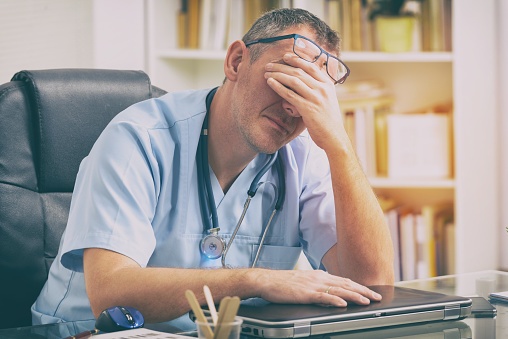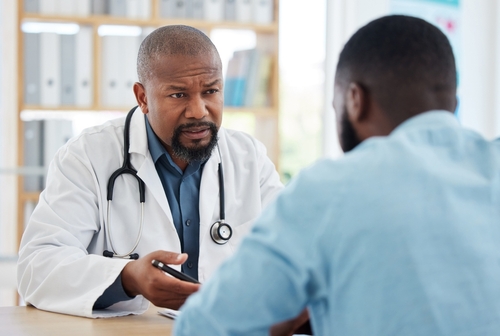
Season’s Greetings from DocWire News! As we prepare to ring in the new year, let’s look back with 2020 vision (pun intended) at some of the top stories that appeared on the homepage in an eventful 2019. Here’s a rundown of five stories that made news in the homepage section this year.
A case report from India has connected products from Herbalife to acute liver failure. The findings follow similar reports from other countries, including Israel, Spain, Switzerland, Iceland, Argentina and the United States. The study, published in the March-April issue of the Journal of Clinical and Experimental Hepatology, also points out the dangers associated with herbal and dietary supplements (HDSs), many of which promise results with no factual basis. “As with any drug, it is important to put HDSs through preclinical and clinical scientific studies and postmarketing vigilance so that unknown and potentially harmful causes for severe adverse effects, such as liver failure due to the use of such agents, may be more identifiable and controlled,” the researchers wrote.
For the first time, the Food and Drug Administration (FDA) has approved the Monarch external Trigeminal Nerve Stimulation (eTNS) System a non-drug device treatment for children with attention deficit hyperactivity disorder (ADHD). Four facts about the device include:
- The device is called the Monarch external Trigeminal Nerve Stimulation (eTNS) System and is marketed by NeuroSigma. Only available by prescription, it is indicated for ADHD patients aged between seven and 12 years old not currently taking prescription ADHD medication.
- Use of the Monarch eTNS system must be monitored by a caregiver.
- It is about the size of a cell phone and works by sending the patient a low-level electrical pulse through a wire connected to a patch placed on the patient’s forehead—while the patient is asleep. It creates “a tingling sensation on the skin,” according to the FDA. It may take up to four weeks to take effect.
- While the mechanisms behind eTNS are not entirely understood, previous data have shown that eTNS stimulates brain activity in areas that involve attention, emotion, and behavior.
According to a new study, social networking sites (SNS) such as Facebook and Instagram are causing what is known as “technostress” among their users. Rather than switching off from SNS, users are becoming more addicted to social media platforms. One of the study authors wrote that “We found that those users who had a greater social media habit- needed less effort to find another aspect of the platforms and were thus more likely to stay within the SNS rather than switch off when they needed to divert themselves. The stronger the user’s SNS habit, the higher the likelihood they would keep using it as a means of diversion as a coping behavior in response to stressors, and possibly develop addiction to the SNS.”
A machine learning algorithm called the Baltimore score (B score) can potentially help hospitals predict which discharged patients will be readmitted, according to a University of Maryland School of Medicine study that was published in JAMA. “This study underscores how patient data may also help solve the readmission puzzle and, ultimately, improve the quality of patient care,” one of the researchers wrote.
Human health can be largely maintained for a year in spaceflight, according to researchers of the NASA Twins Study, published in Science. Comprised of 84 scientists who made up 10 teams from 12 universities in eight states, researchers of the study evaluated twin brothers Scott and Mark Kelly over 340 days, with Scott living onboard the International Space Station (ISS), while his brother, Mark, remaining on Earth. The results of study suggest that some biological functions in Scott were minimally affected by spaceflight and included immune response the first test of influenza (flu) vaccination administered inflight. Although significant changes were found in association with the spaceflight period, including telomere length, gene regulation, gut microbiome composition, body weight, carotid artery dimensions, and retinal thickness, most these changes returned to normal upon Scott’s return to Earth from the ISS.
The results show “the resilience and robustness of the human body,” according to study coordinator Steven Platts, deputy chief scientist for NASA’s Human Research Program, in a CNN article on the study. “When we go into space and experience microgravity and travel at speeds like 17,500 miles an hour, our bodies adapt and continue to function and, by and large, function extremely well.”







 © 2025 Mashup Media, LLC, a Formedics Property. All Rights Reserved.
© 2025 Mashup Media, LLC, a Formedics Property. All Rights Reserved.